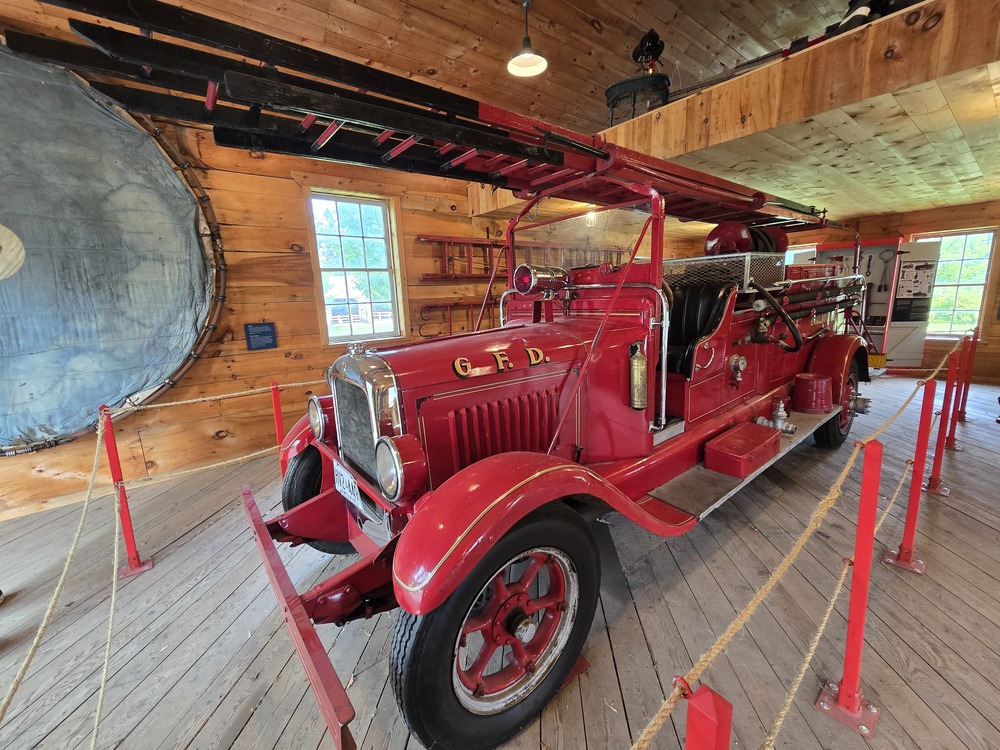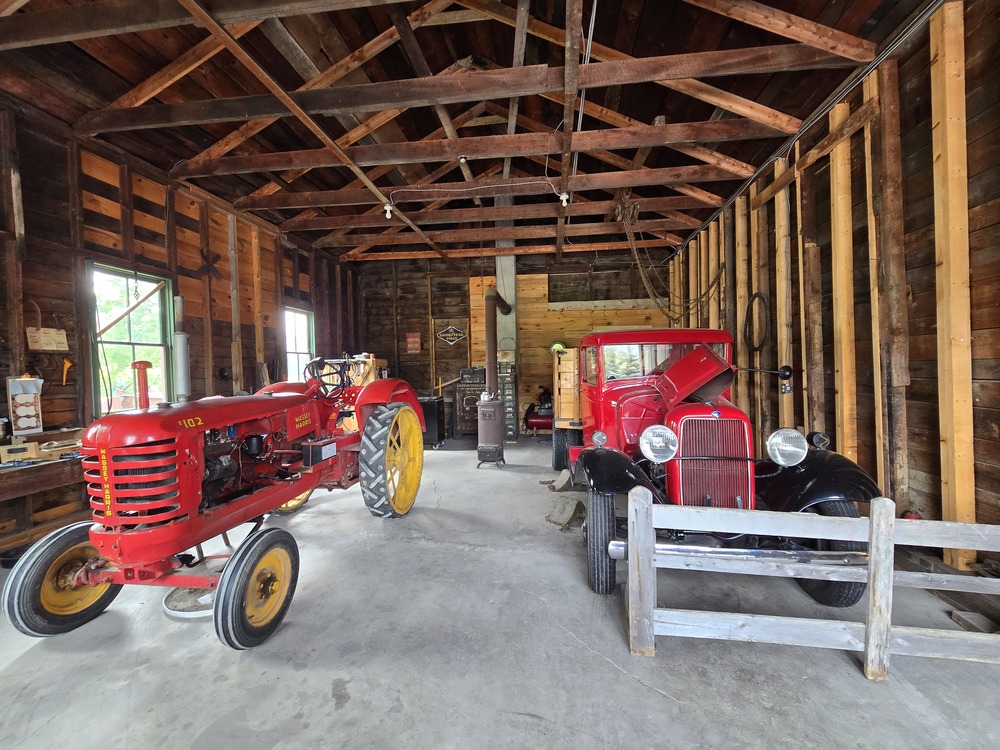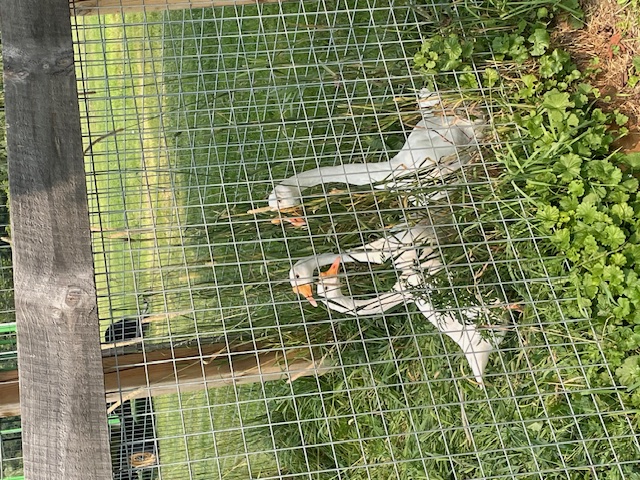On the afternoon of Sunday August 3rd, 2025, a number of members of the Historical Society of Ottawa’s Museum Club, along with several members of the Cumberland Township Historical Society, enjoyed a peaceful stroll through a village magically trapped in the 1920s. This village, the Cumberland Heritage Village Museum, located at 2940 Old Montreal Rd, Cumberland, ON K4C 1G3, features about two dozen buildings placed in a beautiful parkland setting. Unlike many living history museums that place themselves in a pioneer or settler timeframe, the Cumberland Heritage Village Museum represents a rural village set in the 1920s and 1930s, which makes it both oddly familiar and strangely different.
 Photo by Justin Lacasse
Photo by Justin Lacasse
 Photo by Justin Lacasse
Photo by Justin Lacasse
The museum offers many of the buildings you would expect to find in a village of that era. These include a church, schoolhouse, railway station, general store, blacksmith’s forge, printer’s shop, carpenter’s shop, sawmill, plus a number of houses and other buildings. Of special note, there is an Imperial gas station, complete with visible gas pumps, a Fire Hall with a vintage fire engine and a recreation of Sharkey’s Pump Shed, which was used for the manufacture of hand water pumps and wooden pipes well into the last century. Many of the buildings are original, moved to the site to create the village while others are faithful recreations. Apart from the buildings, the museum features some 19,000 artifacts ranging from a caboose, a mix of vehicles and large agricultural equipment, down to the everyday items of a normal home of the period.
 Photo by Lynn McFarlaneWe took advantage of the covered wagon ride that departs from the gas station. This gave us a chance to rest and provided a wonderful overview of the village and its picturesque property. Located at the back of the large property, we discovered the base of operations of the Ottawa Valley Live Steamers and Model Engineers, who provide sessions on selected days over the summer that examines the evolution of rail travel and provides an interactive demonstration of their large-scale model locomotives. Regrettably, our visit was not one of those days, but this is just another reason for a return visit.
Photo by Lynn McFarlaneWe took advantage of the covered wagon ride that departs from the gas station. This gave us a chance to rest and provided a wonderful overview of the village and its picturesque property. Located at the back of the large property, we discovered the base of operations of the Ottawa Valley Live Steamers and Model Engineers, who provide sessions on selected days over the summer that examines the evolution of rail travel and provides an interactive demonstration of their large-scale model locomotives. Regrettably, our visit was not one of those days, but this is just another reason for a return visit.
One of the great joys of a living history museum is the chance to speak with the costumed interpreters that were at work in and around a number of the buildings. We encountered them as they baked, weeded, and did some repair work; and we had long discussions about their particular tasks and the village in general. From one we learned that all the animals in the museum, chickens, ducks, geese, rabbits, pigs, sheep, cows and horses, are from heritage breeds and that the museum partners with local farms to support the conservation and reproduction of these breeds. The animals are not owned by the museum but spend their summers there, where they add so much to the rural village environment and the visitor experience.
After some three hours of roaming the pleasant pathways, we stopped for a cold drink and an ice cream bar at the canteen, before making our exit through the station, where we bought a few souvenir postcards. It was with regret that we left the quiet world of the 1920s/1930s Cumberland Heritage Village Museum to make our way home through the construction-riddled turmoil of 2025 Ottawa. We all shared one thought, our determination to visit again.






